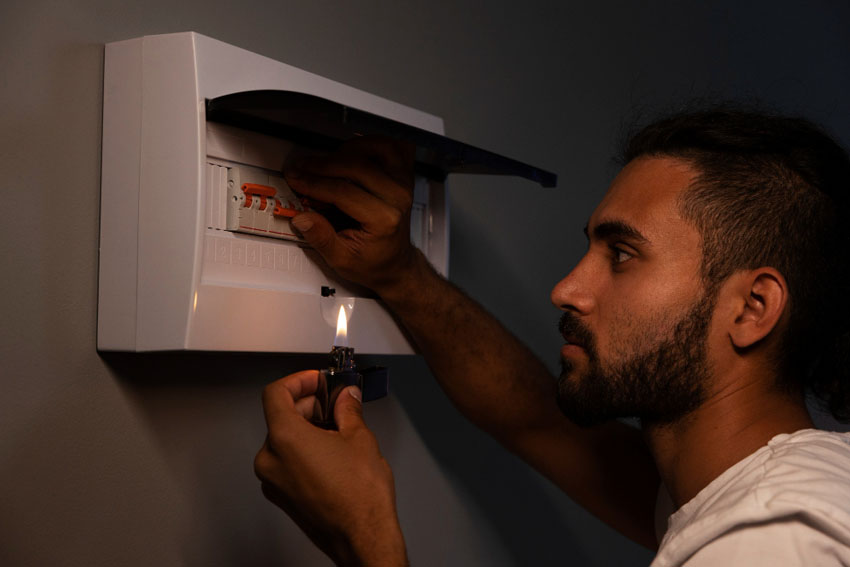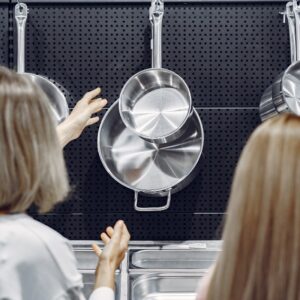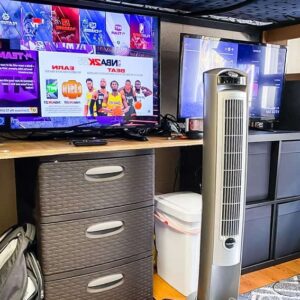Is your circuit breaker tripping over and over again and you can’t figure out why?
Does every time you turn on an appliance, the lights suddenly go off and you have to reset the breaker?
If so, you’re not alone.
Thousands of homeowners across the U.S. face this problem. But it’s not just an inconvenience – it can also be a potential safety hazard. When a circuit breaker trips, it’s a sign that your electrical system is experiencing something wrong and protecting your appliances or home from fire or short circuits.
In this guide, we’ll show you:
- Why does it happen?
- Under what circumstances is it normal, and when is it a serious sign?
- And how you can deal with it or when you should call in a professional.
Top 10 Reasons Why the Circuit Breaker Keeps Tripping
1. Circuit Overload
When more electrical appliances are connected to a circuit than necessary, it draws more current than its maximum capacity. This trips the circuit breaker to prevent fire or melting of wires.
Signs:
- Lights turn off when a particular appliance is turned on
- Several heavy appliances running on one outlet
Solutions:
- Plug heavy appliances into different circuits
- Check the amp rating of the circuit
- Connect a new circuit if needed
2. Short Circuit
When the hot wire and neutral wire touch each other or there is very little resistance between them, a very high current flow, causing the breaker to trip immediately.
Signs:
- Burning smell
- Black or charred marks near outlet
- Breaker trips quickly
Solution:
- Check location of short circuit
- Repair or replace wiring
- Remove damaged appliance
3. Ground Fault
When a hot wire accidentally contacts ground (such as a metal box or wet surface), the breaker may trip, especially in areas with GFCI outlets.
Signs:
- Tripping especially in kitchen, bathroom or outdoor outlets
- Feels like an electrical shock
Solution:
- Check GFCI outlet
- Replace wet or damaged wiring
- Reset outlet, call an electrician if it happens repeatedly
4. Old or damaged circuit breaker
If a breaker is very old, or worn out, it may trip for no reason – this is common in older homes.
Signs:
- Breaker feels loose
- Frequently trips, but wiring and appliances are fine
Solution:
- Have a certified electrician inspect the breaker
- Replace the breaker if necessary
5. Incorrect or messy wiring
Home DIY projects or unprofessional installation can cause messy wiring, leading to tripping.
Signs:
- Problem started after new outlets or appliances were installed
- Wiring is too tangled or exposed
Solution:
- Have wiring checked according to the National Electrical Code (NEC)
- Have a licensed electrician make repairs
6. Moisture or water ingress
If water gets into an outlet, switch, or junction box, it can cause a short circuit or ground fault.
Signs:
- Tripping after rain
- Tripping in damp areas (bathroom, basement)
Solution:
- Check outlet covers and seals
- Install outdoor grade outlets or GFCI
7. Defective electrical appliances
Some appliances such as hair dryers, space heaters or older microwaves may be shorted or faulty internally.
Signs:
- Breaker trips as soon as a particular appliance is turned on
Solution:
- Unplug the suspect appliance
- Test in another outlet
- If the breaker still trips, replace the appliance
8. AFCI breaker tripping (Arc Fault Circuit Interrupter)
AFCI breakers are typically installed in sleeping areas and trip when arcing (a spark) occurs in the wiring.
Signs:
- Tripping especially in bedrooms or hallways
- Sometimes trips without any apparent reason
Solution:
- Check the AFCI breaker
- Check for loose connections or old switch boxes
9. Lighting fixture or bulb fault
Sometimes a faulty light fixture or bad bulb can also cause tripping, especially if there is a short.
Signs:
- Breaker trips as soon as you turn on a light
- Sizzling or burning smell
Solution:
- Check the bulb and holder
- Replace the lighting fixture or check the wiring
10. Too many extension cords or multi-plug use
When you plug too many devices into a single outlet, it causes overload.
Signs:
- Appliances connected to an extension or power strip trip as soon as they are powered on
- Too much amperage on the circuit
Solution:
- Limit the use of multi-plugs
- Run high-power appliances directly from wall outlets
- Install additional circuits if needed
Conclusion:
Your circuit breaker is a safety device – it trips when it senses a danger in the home’s wiring or appliances.
If the breaker is tripping repeatedly, it’s not just an inconvenience, it’s a warning.
- Recognize the signs first
- Then make the necessary corrections
- And when in doubt – seek help from a professional electrician.





